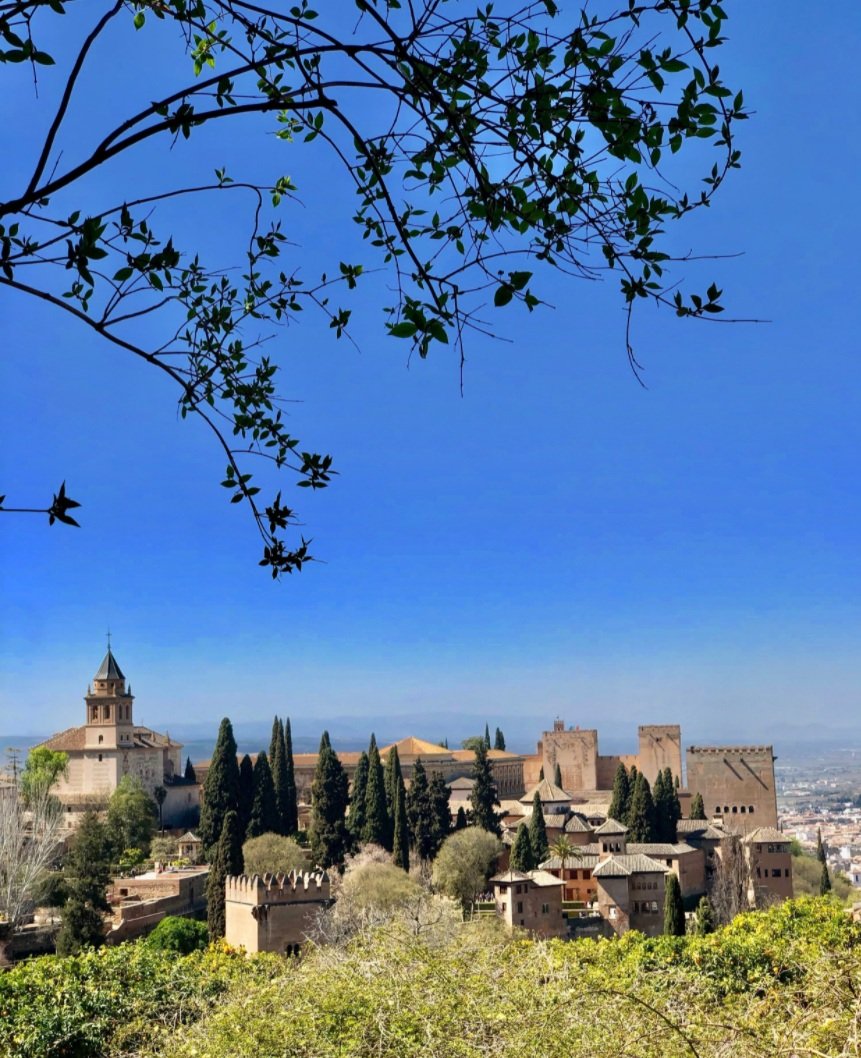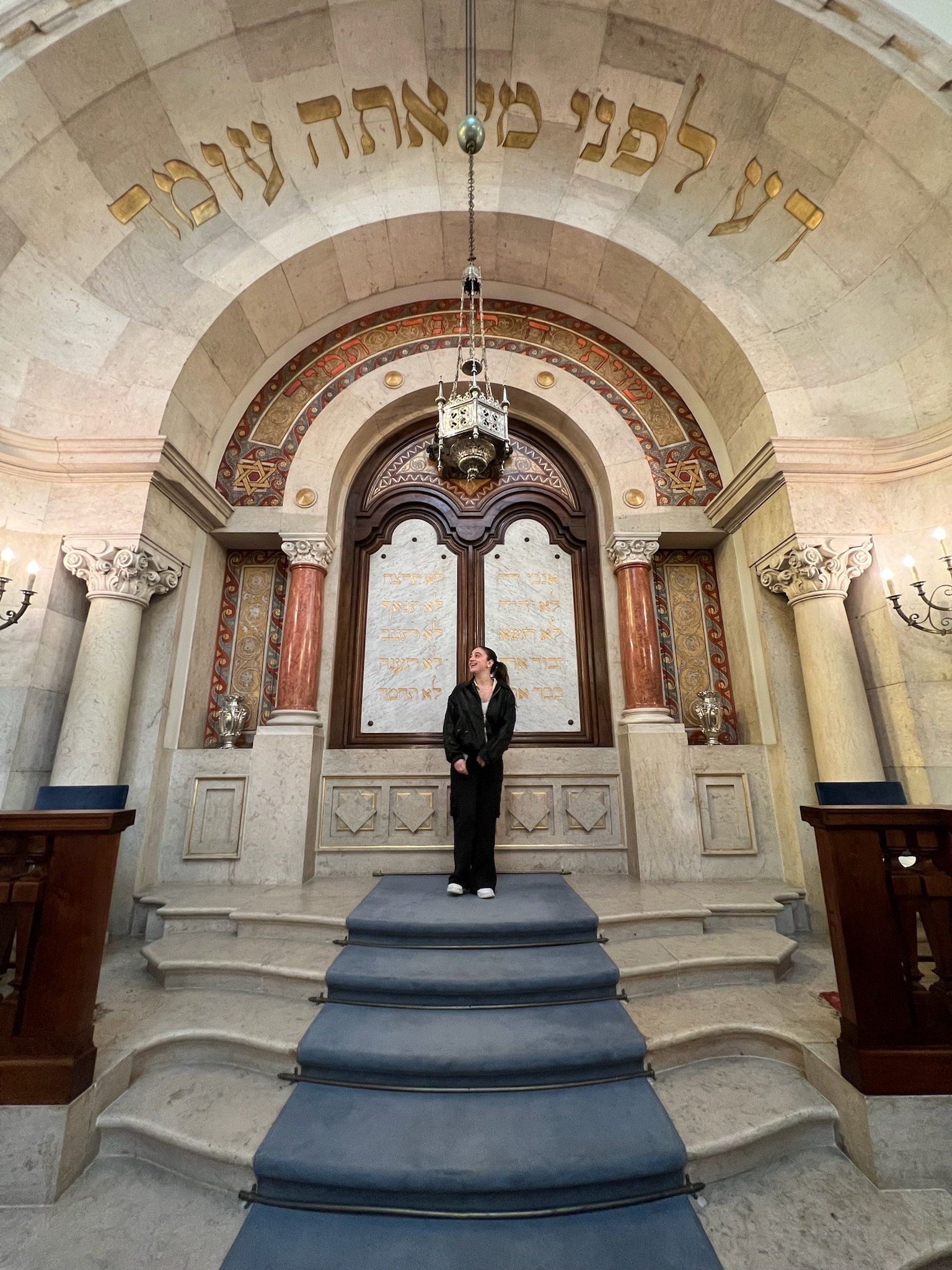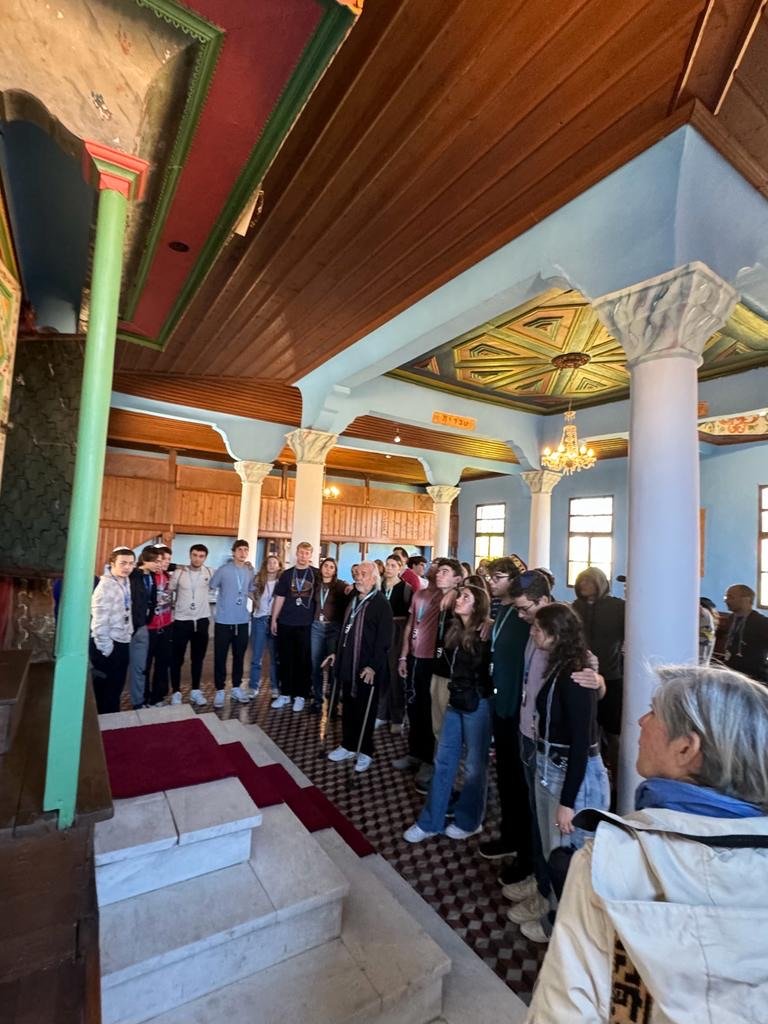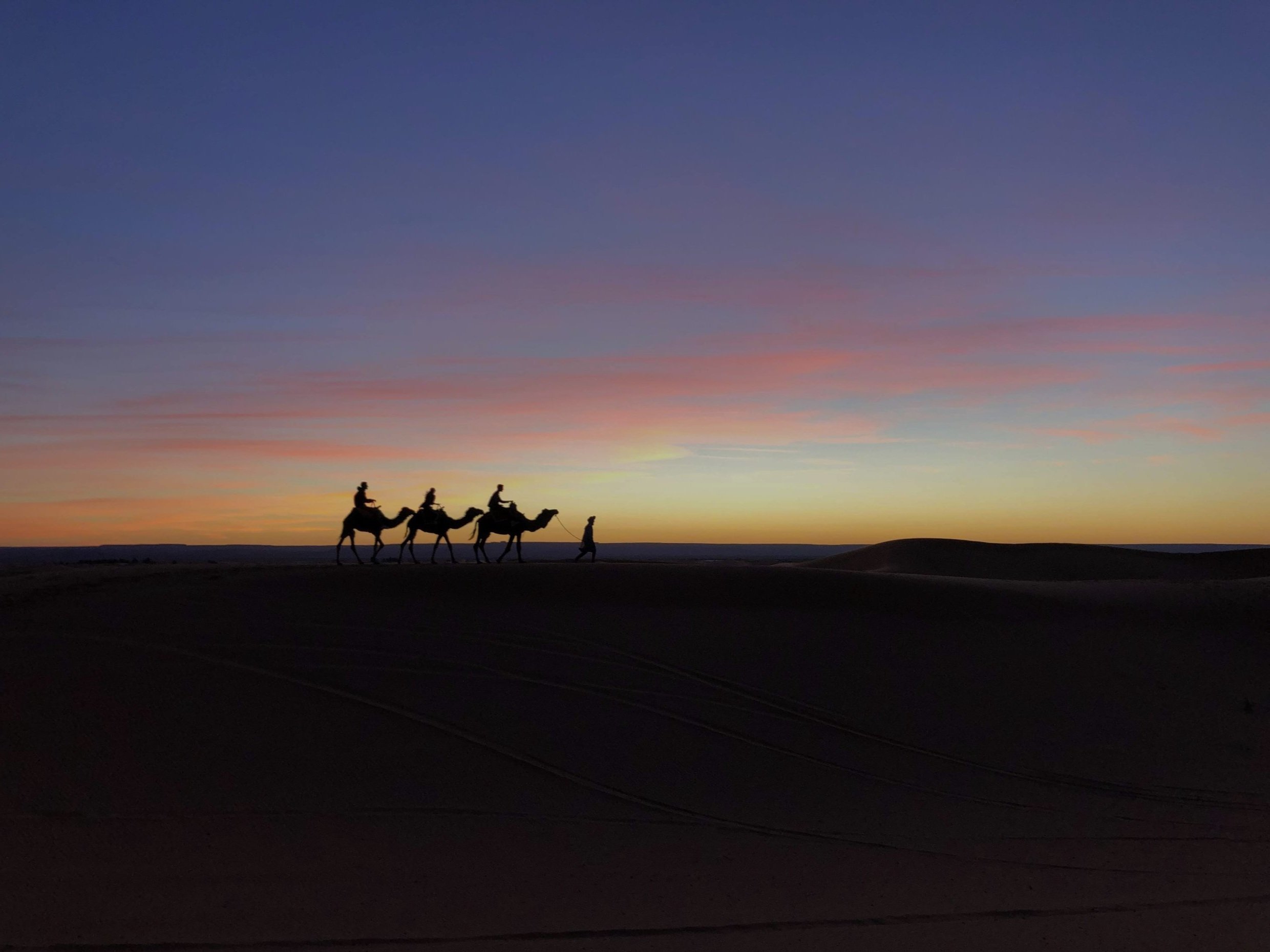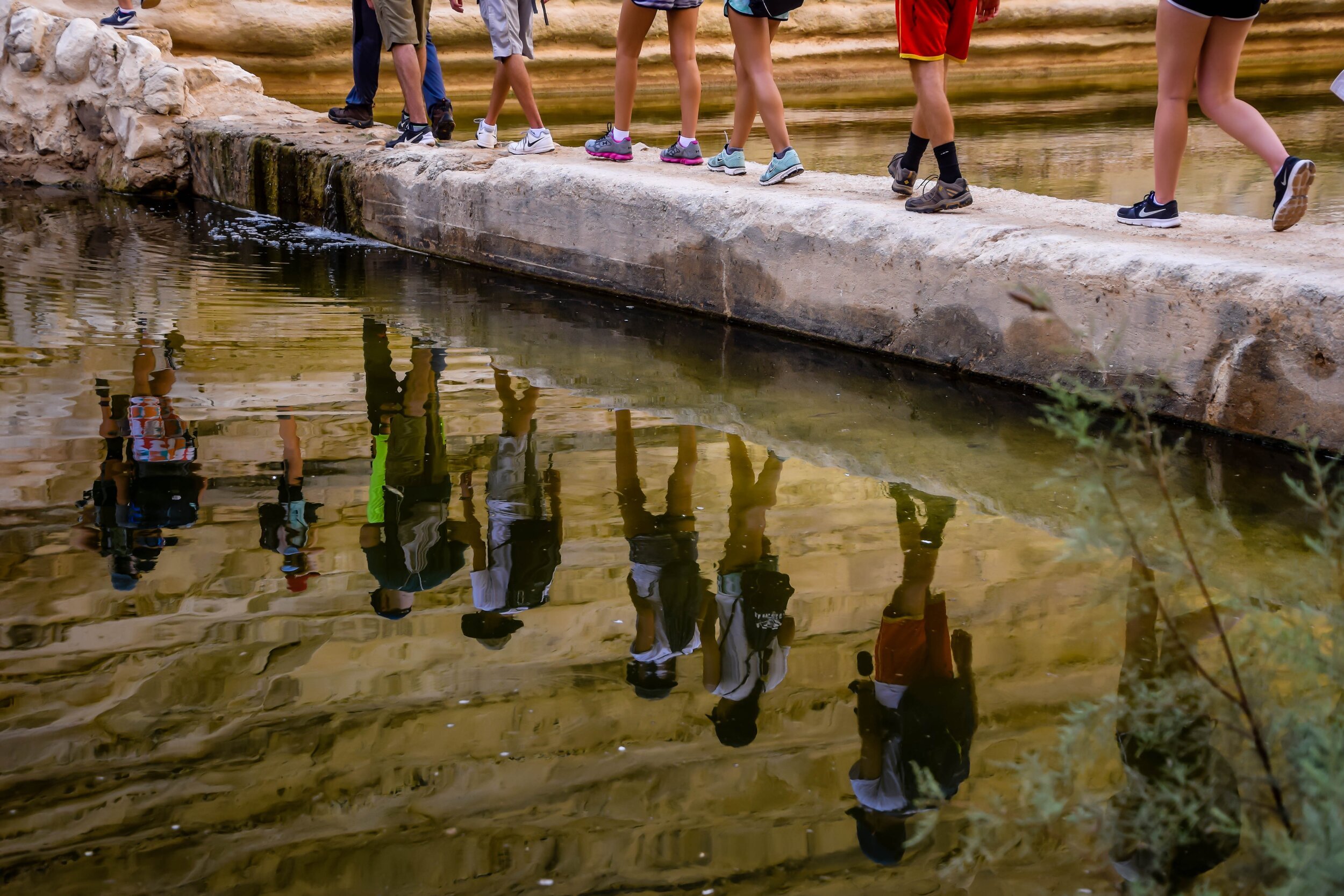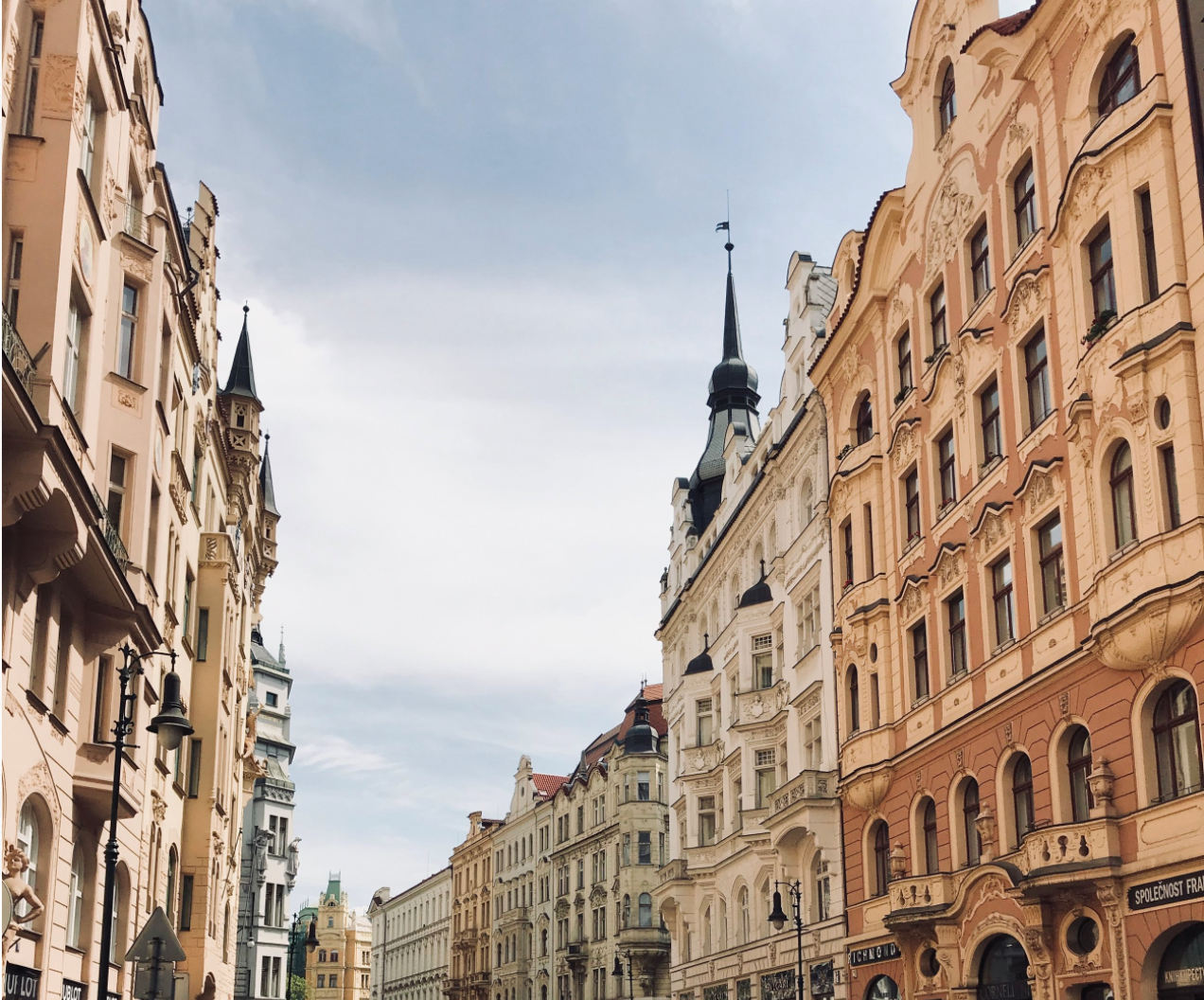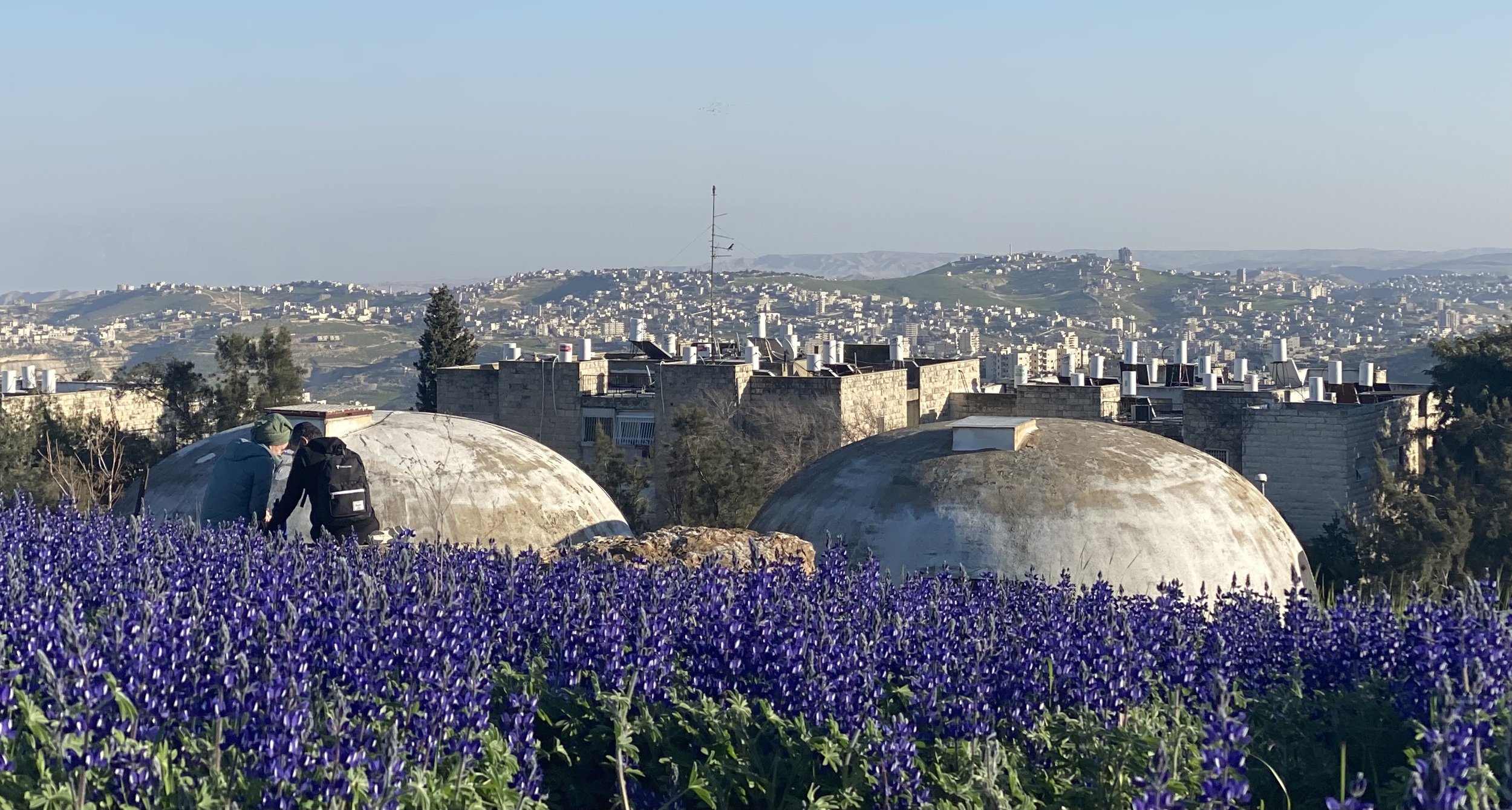
About Kivunim
Kivunim aims to re-establish the lost link to the Jewish people around the world.
F O U N D E D I N 1 9 9 9 -
G A P Y E A R B E G A N I N 2 0 0 6
We see our graduates apply critical thinking to solve problems, and forge lifelong relationships with diverse people across the world.
Kivunim aims to re-establish the lost link to the history of the Jewish people by discovering and sharing the noble, creative story of Jewish life around the globe. Founded by Peter Geffen (Founder of The Abraham Joshua Heschel School in NYC), Kivunim has served over 1000 students on its gap year program since it opened in 2006. Our students explore international history, culture, philosophy, art, music, and religious rituals—all of which help deepen both their Jewish Identity and their sense of “world-consciousness”. Our faculty includes distinguished experts in their fields: historians, writers, poets, artists, musicians, philosophers, journalists, religious, political, and business leaders—from around the corner and around the world.
The Kivunim Educational Approach
Kivunim’s intellectual goal is challenging, but our educational opportunity is unparalleled and boundless. Rarely does a college professor have the opportunity to compliment classroom presentations (be they lecture, Powerpoint, video, etc.) with experience in the field. History refers not only to dates, but to places, societies, cultures, and peoples as well. Sociology describes forms of human interaction. Anthropology describes our social and cultural forms. Art speaks not just of “works” but of environments and surrounding influences. Music can be heard recorded but all would agree is best experienced in concert halls and other live performances. Museums can be referred to and slides can show pictures of the great creations of the ages, but standing before an original is incomparable. Religious ritual can be spoken of or viewed on YouTube, but observing and/or participating in the divine service of diverse spiritual communities, communicates a very different story.
Kivunim combines classroom academics with the experiential; not for a one day or even a one week in-depth encounter, but all year for all courses. Not only does the classroom inform the field experience, but the field experience enhances the classroom and opens new vistas for students accustomed to using only their eyes and ears to study (and often unfortunately not utilizing much of those either). Studying about and then traveling to 12 different countries where our students move between approximately 80 cities and villages worldwide, entering some of the acknowledged greatest museums of the world, visiting some of the most expressive archaeological sites, meeting some of the most distinguished thinkers, writers, political and religious leaders, artists, musicians, poets…the intellectual growth and expansion made possible by this fully integrated approach is uniquely powerful.
Therefore teaching at Kivunim, even for a single lecture offers the teacher a chance to expand the classroom experience either in anticipation of an upcoming trip or in reaction to a completed one. We urge our teachers to reconsider the standard form of their lectures to include several elements within the historical narrative and in direct relation to the itinerary of the related Kivunim travel. This is not meant to take away from critical knowledge that we feel they must have to gain a proper understanding of a particular subject area, but rather as a stimulus and encouragement of the engagement with the material. Anticipating a site visit will both strengthen the field experience and heighten the sense of integration Kivunim seeks between our two central realms of encounter.
Kivunim’s ultimate educational goal is the seamless integration between field and text; between the world of ideas and the reality of the “street.” This is accomplished by the repetitive use of key terminology accompanied by particularistic examples that teachers are likely have at their fingertips. A term like Identity comes to life when students understand the weaving of costume, geography, religion, ethnic history, even cuisine as formative elements in the evolution of personal, group and/or national expressions of being. Including examples of art, music, poetry, literature, etc. as conveying the meaning of culture is more powerful than the often use of the word without either definition or example. Conveying the place of religion in the evolution of a people with the inherent tension between formality and informality, institution and personal life, physical structure, illumination of place or text captures for the student a deeper understanding of spirituality as it lives in real time in peoples’ individual and communal lives. Similarly, finding “living” examples from politics, theatre, national and/or sacred myths and other illuminating ideas bridge the academic and experiential for the Kivunim student. And although the humanities are usually seen as distinct from math and the sciences, I would refer us all to the profound perspective of Professor Jacob Bronowski who in his book, “The Ascent of Man” speaks of the sciences and mathematics in humanistic terms and succeeds in conveying their inter-relationship to the arts and history. Ideally, we wish for our teachers to have the opportunity to travel with us, and not necessarily (only) in their area of expertise.
The power of conceptual and intellectual integration is the ultimate (and all-to-often illusive) goal of a liberal arts education. It’s purpose is expressed beautifully by Seneca (Moral Epistles 88.20): “Why do we train our children in the liberal arts? It is not because these studies can grant someone virtue, but because they prepare the soul for accepting it.” Kivunim represents the beginning of a unique intellectual journey for our students and our staff and faculty. We invite our teachers to see this challenge as a personal opportunity to create a thoughtful, comprehensive, and resilient intellectual foundation for our students and alumni.
O U R A P P R O A C H
What does a Jewish student need in order to build bridges instead of putting up walls?
They need to know the story of the Jewish people across the world. They need to know of the historic positive relationship between Jews and Muslims in Medieval Spain and in contemporary Morocco. They need to know that with all the current criticism of Israel coming from Turkey, the Ottoman Empire preserved and protected the exiled Jews from Christian Spain (1492) to such an extent that there are Synagogue Bimahs (reading platforms often in the middle of Turkish Synagogues) that are built in the shape of merchant ships as a commemoration of the Ottoman boats that were sent out to sea to save them! Of course, we also have a history of tragedy. Our connection to the majority of the cultures with whom our people have lived over millennia is the support of the bridges Kivunim has been building across the world for the past 20+ years.
